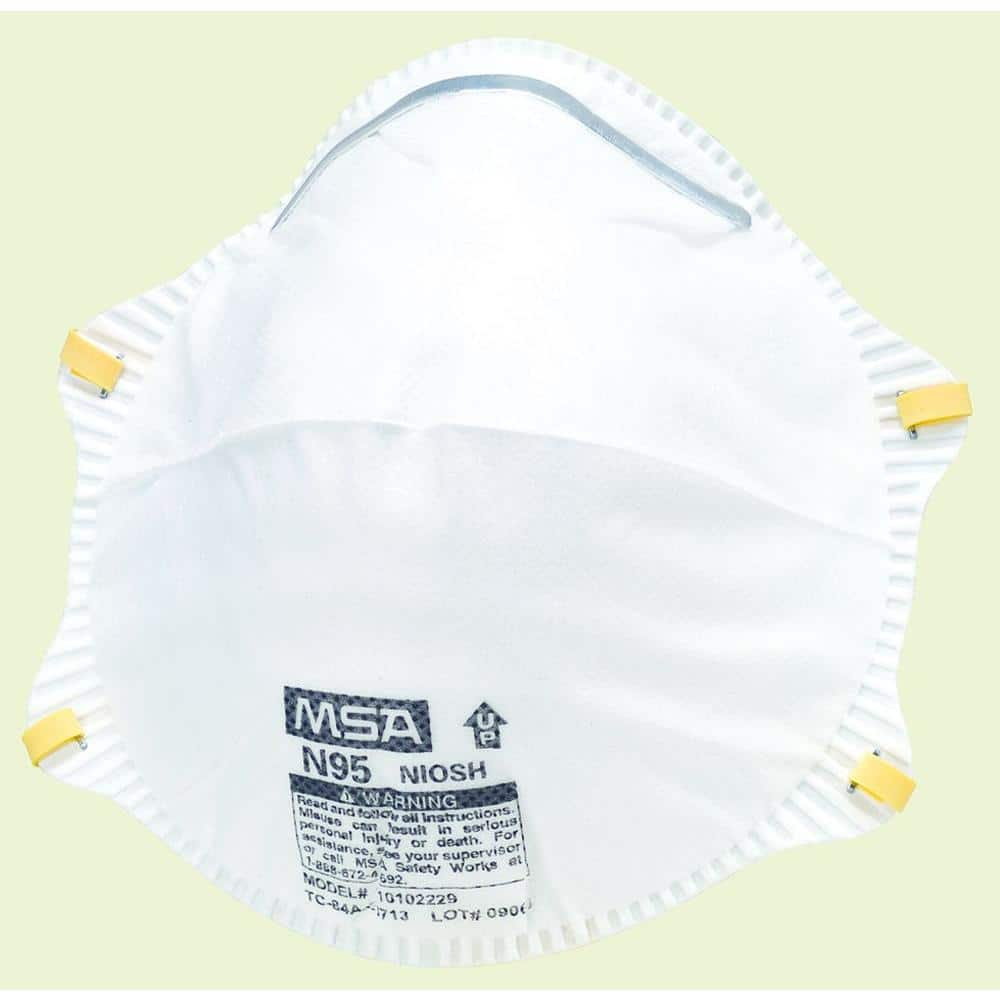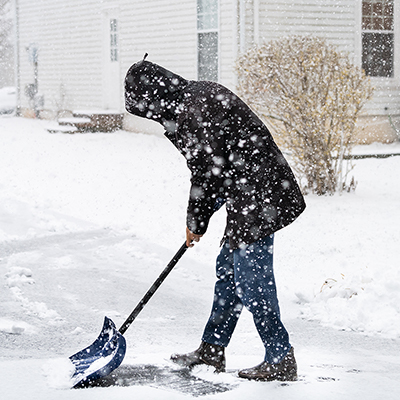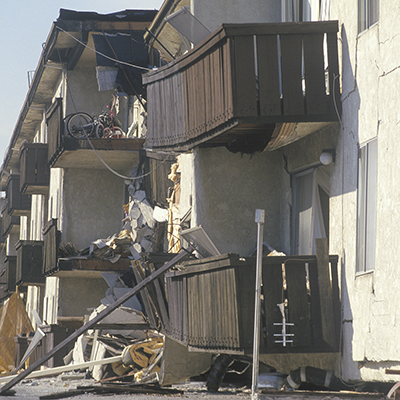Shelter in Place Drill Checklist
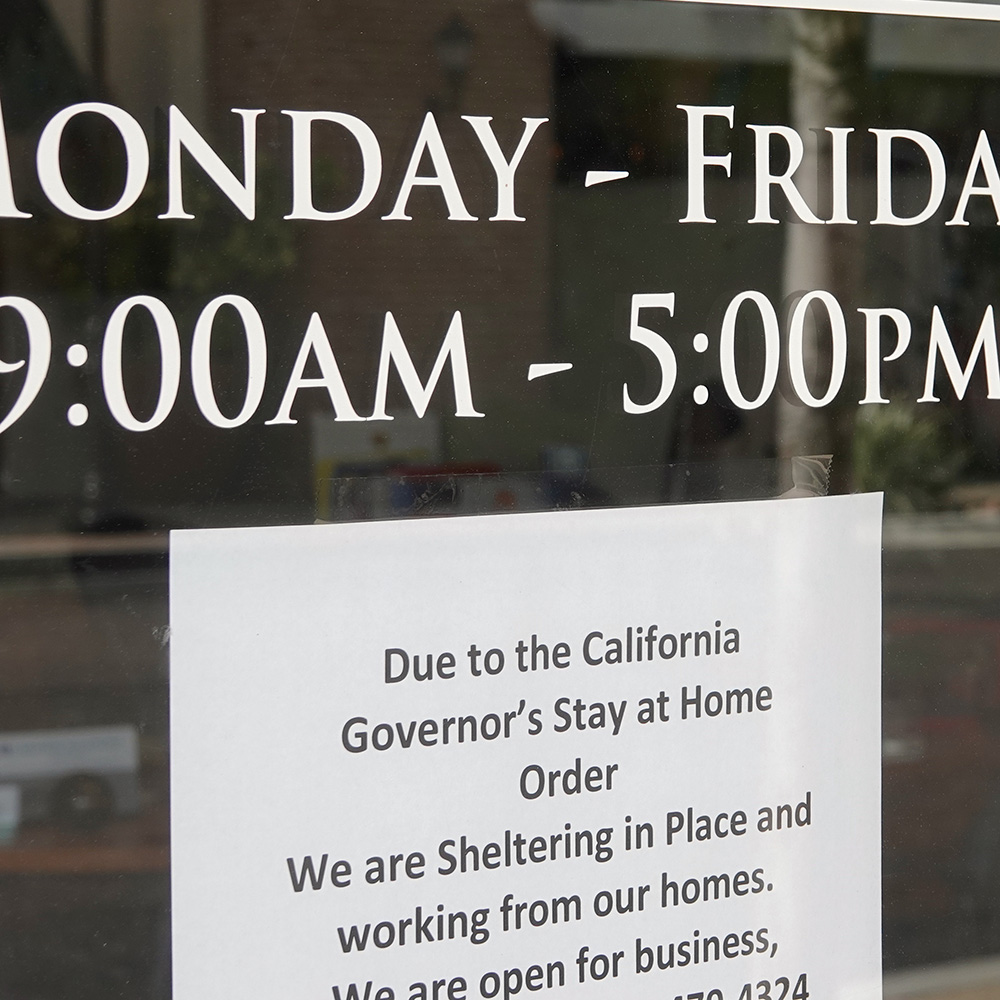
Last updated September 7, 2023
When an emergency or natural disaster strikes, you'll be asked to evacuate or shelter in place. When it's time to stay put, creating a shelter in place drill checklist will help you be prepared. This guide will teach you what shelter in place means, how to shelter in place as well as offer tips on creating an emergency kit and more.
Table of Contents
Understand What Shelter in Place Means
Create a Shelter in Place Kit
Secure Your Home
Shelter in Place Tips
Understand What Shelter in Place Means

When local officials ask you to shelter in place, this means you should stay put until the current emergency is over. Typically, shelter in place is used during natural disasters, hazardous events or other emergencies. Once you receive a shelter in place alert, here are a few shelter in place rules we recommend:
- If you are outdoors when a shelter in place alert is issued, you should get home or to the nearest indoor location and stay there.
- Be sure to listen carefully to news alerts and communication as every shelter in place situation is different.
- Once you and any loved ones are in a safe location, contact any other family members or emergency contacts to let them know your location. Only use your phone as necessary, making sure to avoid texting and calls as you will need it to keep up with the news.
- Once or twice a year, have a shelter in place drill with your family. This will help you create a plan, including selecting a room to shelter in, if needed, and will walk you through steps such as shutting of the air conditioner or locating the first aid kit, just in case.
Create a Shelter in Place Kit
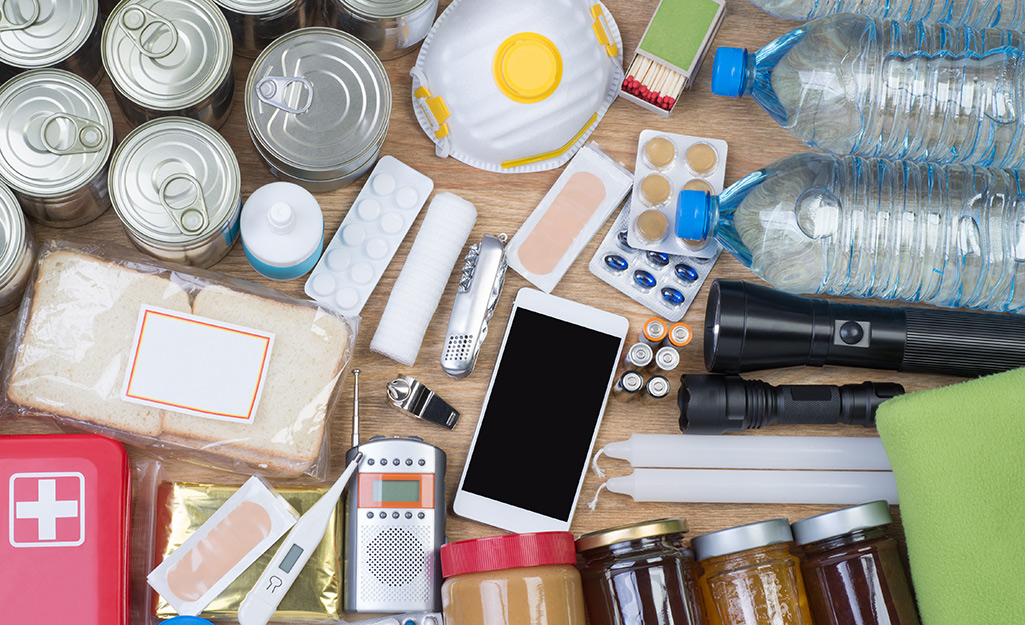
An important part of your sheltering in place is to be prepared with a shelter in place emergency kit that includes items like water, bandaids and more. This will ensure that you have a sufficient amount of supplies and household essentials to get you through at least a few days of sheltering in place.
Other top items will include:
- First aid kit
- Non-perishable food
- Toilet paper
- Medicines
- Flashlights
- Respiratory masks
- Candles and matches
- Thermometer
- Cleaning supplies
- Duct tape
and plastic sheeting (to seal gaps in doors and windows) - Radio
- Batteries
If you're sheltering with pets, make sure they have space to use the bathroom and be sure to have enough food and water on hand for them as well. If you are sheltering in place due to tornadoes or other weather issues, do not let pets outside until the alert has been lifted.
For longer periods of time, often called lockdowns, be sure to have at least a month's worth of food and water for each family member.
Secure Your Home
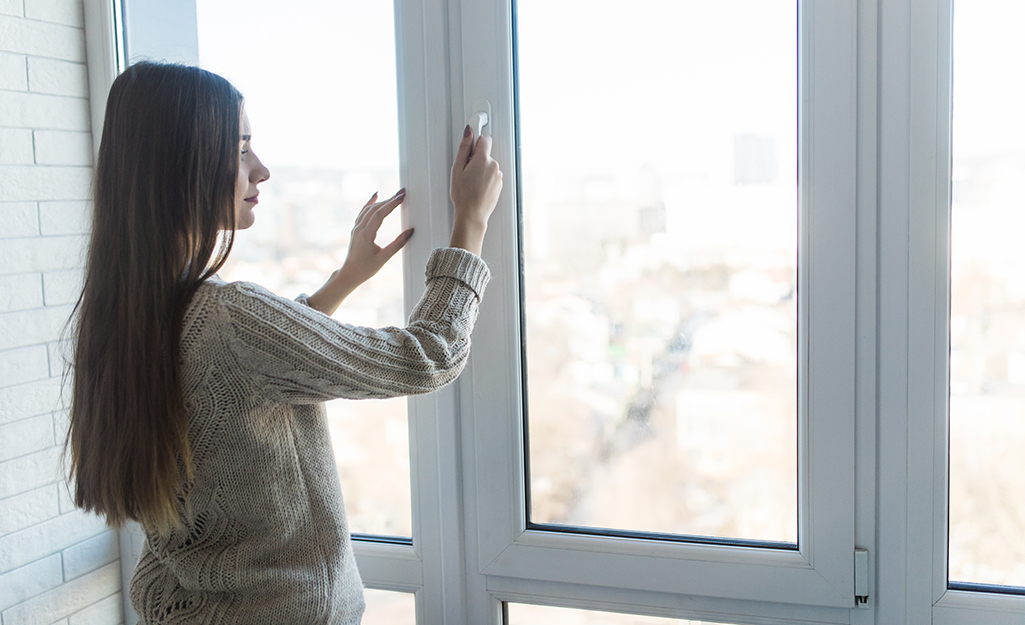
For many natural disasters or for shelter in place warnings that involve hiding in a room or location, be sure to secure your home or area. This means immediately shutting and/or barricading any windows and doors.
In some types of emergencies you will need to stop outside air from coming in. This means sealing doors with blankets, turning off air conditioners and fans, closing fire dampers.
If you are sheltering in one room of your home, try to choose a room that will comfortably fit everyone and one that is close to or has an adjoining bathroom.
Once the alert has been lifted, you can open windows and doors, turn on fans, etc. to ventilate the space.
Tip: If you are in a vehicle when the shelter in place notice has been issued, pull over and turn off the engine. Stay where you are until officials say it is safe to move again, and keep the radio on even after the event has ended, to stay informed.
Shelter in Place Tips

Once you have prepared your house, office or family plan and gathered supplies for your kit, you are ready when the time comes. Here are a few more things to keep in mind when figuring out how to shelter in place safely.
- During shelter in place, and even while it has been lifted, continue to listen to the news and monitor any information.
You want to have a full understanding of shelter in place rules to ensure your safety. - If you have turned off the gas in your home, please wait for a professional to turn it back on.
- Stay calm. Most shelter in place occurrences last a few hours or a couple of days, especially in cases of natural disasters.
- Keep non-electronic entertainment items in your home to pass the time and to prevent using phone batteries or electricity.
- If an alert is issued at your school or office building, listen to the staff in charge. Most schools and offices will have shelter in place drills so that everyone knows what to do in the event of an emergency such as an active shooter or an earthquake.
Creating a shelter in place drill checklist is a matter of being prepared just in case. When you're ready to get started on emergency preparedness supplies, we're here to help.
We have options to deliver online orders when and where you need them.


